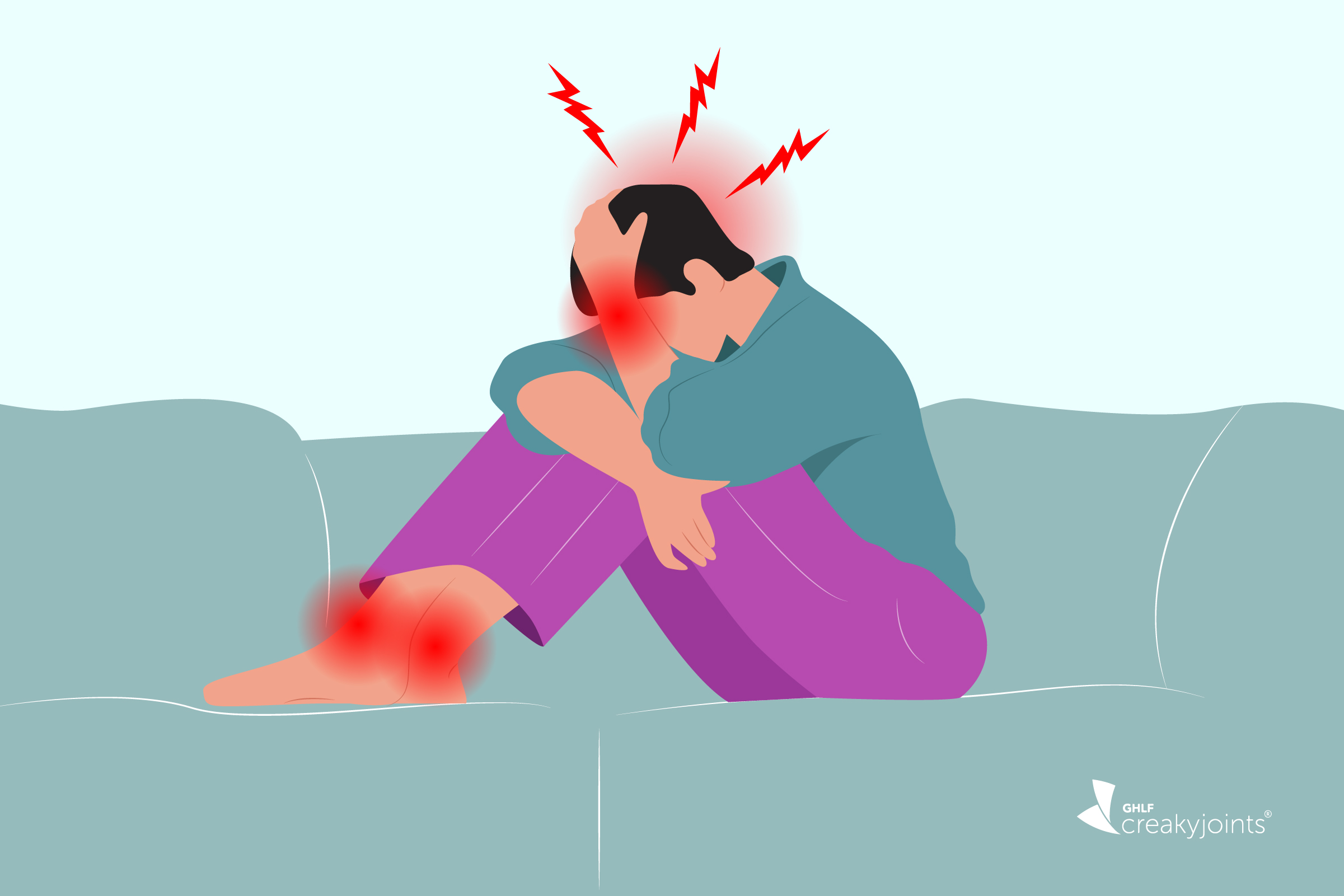Learn more about the approval of a new drug, BIMZELX (bimekizumab-bkzx), for people with moderate to severe plaque psoriasis.
Physical Activity May Help Psoriasis Patients Ward Off Cardiovascular Disease
PHYSICAL ACTIVITY MAY HELP PSORIASIS PATIENTS WARD OFF CARDIOVASCULAR DISEASE
September 9, 2021
Rachel Murphy

Inflammation is the driving force behind psoriasis, which causes skin plaques and rashes and can also affect other organs like the heart, raising the risk of heart disease and stroke. Medications such as methotrexate and biologics can help reduce levels of inflammation, as can regular physical activity. But studies have found that people with chronic plaque psoriasis often avoid exercise because of issues like pain and fatigue. But new research on the correlation between exercise and cardiovascular disease among psoriasis patients further emphasizes the need to create custom, attainable exercise plans to benefit patients’ overall health.
For the study, published in the journal Clinical and Experimental Dermatology, researchers asked 242 people with chronic plaque psoriasis (124 men and 118 women) to fill out surveys to determine whether they had low, moderate, or high physical activity levels. The flexibility of the participants’ arteries was also measured as a way to assess their risk for heart disease and stroke; more flexible arteries means a lower risk. Researchers then compared the self-reported activity with measures of arterial stiffness.
They found that psoriasis patients who engaged in more vigorous activity experienced a decrease in artery stiffness, indicating that their heart health was increasing. The correlation was even stronger among those under the age of 65 across both sexes. Though vigorous activity had more of an impact than low to moderate levels of activity, all levels of exercise yielded positive results for future cardiovascular health.
The researchers didn’t account for any medications taken to control psoriasis. They also didn’t assess mood, body mass index, or diet information, all of which can be risk factors for cardiovascular disease.
Through this study, researchers identified some of the barriers that keep people with psoriasis from exercising regularly. According to the study, many psoriasis patients said they avoid exercise due to pain, fatigue, and general discomfort.
“Plaques of psoriasis limit normal sweating and heat dissipation, which may reduce tolerability of higher exercise intensities in patients,” study authors note. Clothing restriction and skin sensitivity can make exercise even more uncomfortable.
To help, researchers recommend patients work with their health care provider to develop a custom physical fitness program that accommodates the challenges presented by chronic plaque psoriasis. Increasing physical activity in ways that may be more comfortable or that allow for different clothing choices may encourage patients to continue with a fitness routine.
Auker L, et al. Physical activity is important for cardiovascular health and cardiorespiratory fitness in patients with psoriasis. Clinical and Experimental Dermatology. August 8, 2021. doi: https://doi.org/10.1111/ced.14872.
Auker L, et al. What are the barriers to physical activity in patients with chronic plaque psoriasis? The British Journal of Dermatology. April 13, 2020. doi: https://doi.org/10.1111/bjd.18979.
SUBSCRIBE TO GHLF
RELATED POST AND PAGES
_
Was this article helpful?
YesNo






